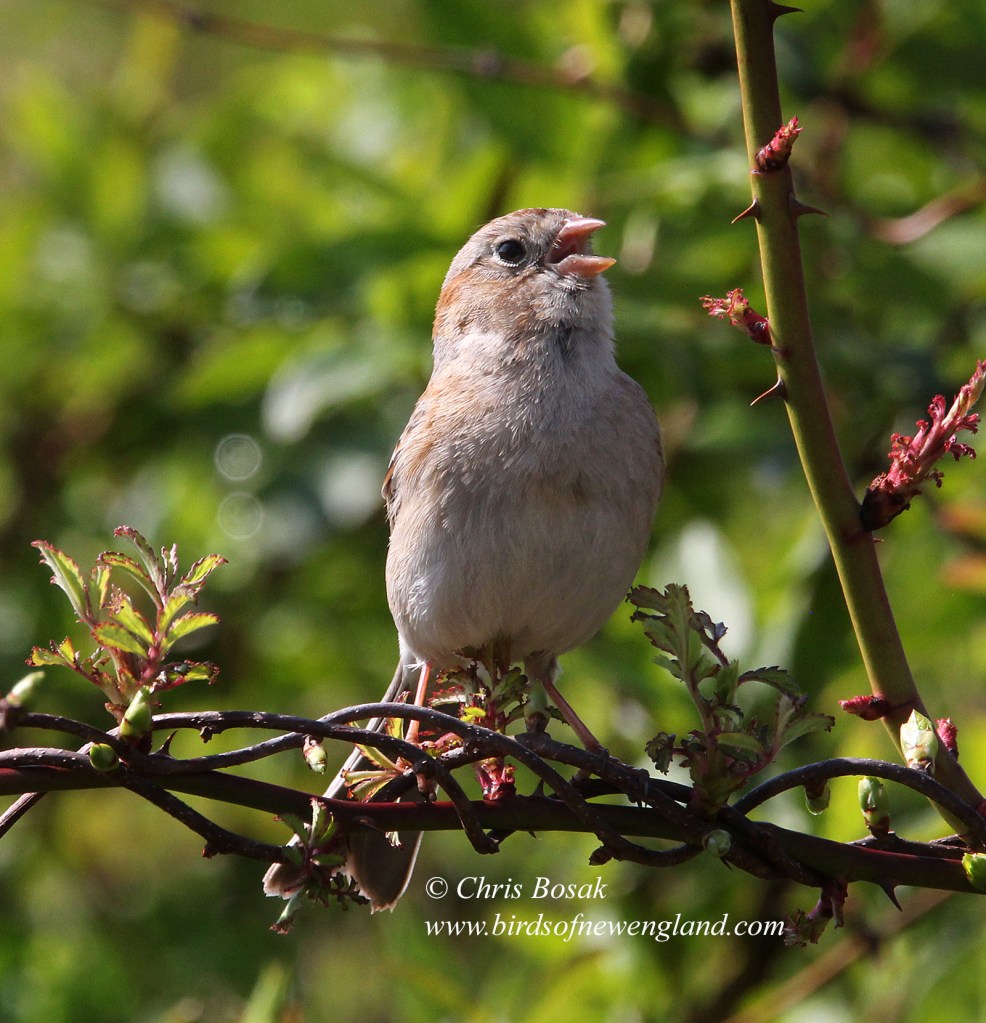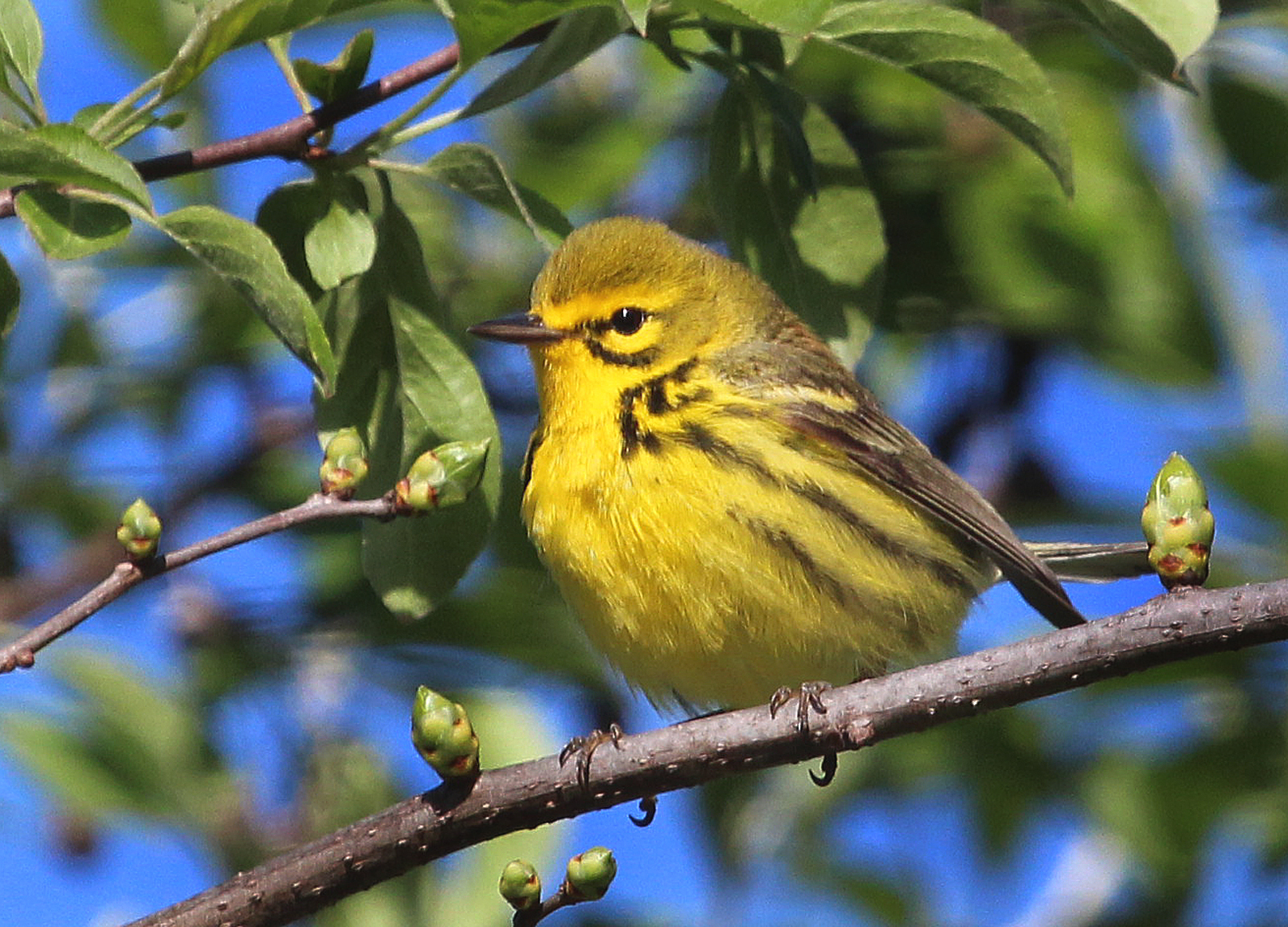Here’s my latest For the Birds column, which ran last Thursday in The Hour (Norwalk, CT) and Monday in The Keene (N.H.) Sentinel.

Photo by Chris Bosak
White-breasted Nuthatches are a common feeder bird in New England.
Project FeederWatch gets under way
What will $18 get you these days?
About four cups of coffee from Starbucks. (Served in plain red cups void of evil, offensive snowflake images.)
About eight gallons of gasoline. Way better than the five gallons it used to get you.
Three bundles of the firewood stacked at the entrance of every grocery store, convenience store and hardware store these days. The bundles are each good for about 10 minutes in a firepit.
Two and a half craft beers at just about any bar or restaurant. Oops, forgot about the tip. Make that two beers.
Or, $18 covers your entrance fee to participate in Project FeederWatch, a citizen science project of The Cornell Lab of Ornithology and Bird Studies Canada. It entails keeping track of the birds you see at your backyard feeding stations and submitting your results online. The data collected helps scientists track bird populations in the winter — similar to the Christmas Bird Count and Great Backyard Bird Count.
The fee also gets you a bird ID poster, birdwatching calendar, instruction sheet and newsletter. No guarantee here that the materials will not have images of snowflakes. Try not to be offended if they do.
Project FeederWatch officially started this past Saturday and runs through early April. Don’t worry if you missed the opening day, you can join in whenever. Participants can count the birds as much or as little as they’d like — 24/7 monitoring is not necessary. Being an expert birdwatcher is not required either.
All skill levels welcome. Why not get the entire family involved? Old and young.
I’ve never participated in the Project before, mostly because I’ve never lived in a place where my feeders have been terribly active. Now that I live at a place with very active feeders I’m looking forward to participating this year. (Active feeders, however, are not a prerequisite for participation. Anybody can do it as long as they have a feeder up.)
The feeders at my new place are always bustling with the common visitors White-breasted Nuthatches, Black-capped Chickadees, Tufted Titmice and Downy Woodpeckers. I also see Carolina Wrens, Blue Jays, Hairy Woodpeckers, Red-bellied Woodpeckers and American Goldfinches. Lately I’ve noticed a few Dark-eyed Juncos under the feeders. The White-throated Sparrows are not far behind, I’m sure. Will my Pine Warblers I had earlier this fall return to the suet cake? Probably not, but I’ll be watching. Who knows what else will show up?
To join the Project or to get more information, visit http://www.feederwatch.org. The website is full of information and tips on identifying birds (including tricky IDs), feeding birds tips, trend maps, and historical data.
So why participate other than it “helps scientists?” Many bird species are in decline, some seriously so. Tracking the winter abundance and distribution of birds with long-term data offers valuable insight into their lives. It helps scientists track gradual population shifts of bird species. WE know the Carolina Wren and Red-bellied Woodpecker are trending northward. This data quantifies the movement.
That’s more of a positive population shift. What about the negative one? What about the species that are declining year after year?
The data helps scientists recognize the decline and figure out solutions more quickly.
Let me know if join and what birds you see at your feeders.
For the Birds runs Thursdays in The Hour. Chris Bosak may be reached at bozclark@earthlink.net. Visit his website at birdsofnewengland.com






















